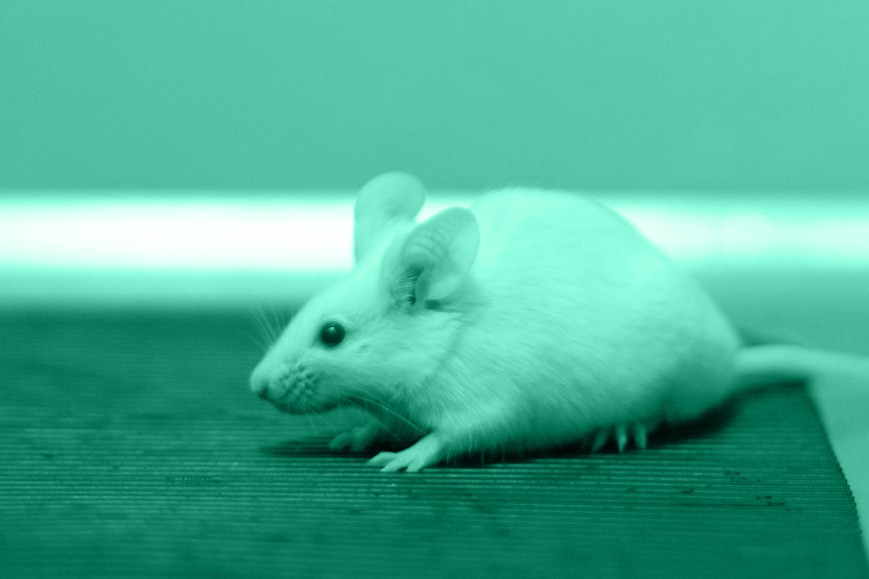Number of animal experiments declines further
5 months agoThe number of animal experiments conducted by Utrecht University and UMC Utrecht has declined again over the past year. The numbers dropped from 14,192 in 2023 to 12,584 in 2024. This is evident from the joint 2024 Annual Report on Animal Experiments.
“We are pleased that the number of animal experiments has decreased for the second year in a row and that our efforts to replace and reduce animal testing are increasingly bearing fruit”, says Pascalle van Loo, head of the Animal Welfare Body Utrecht. “Just like last year, we see that the reduction is mainly due to a decline in the use of mice and rats at both Utrecht University and UMC Utrecht.”
Van Loo expects an overall downward trend at both institutions. “Fluctuations in experiments involving large numbers of animals can however still affect the totals. For instance, a future experiment involving zebrafish could cause the number of animal experiments to rise again next year. But looking at the longer term, I expect the downward trend to continue.”
Invisible animal use
For the first time, the 2024 Annual Report on Animal Experiments also sheds light on so-called ‘invisible animal use’ in research. Animal-free techniques, such as growing cells and organs, are on the rise. However, these often rely on animal-derived products, such as fetal calf serum which is derived from unborn calves and so-called ‘basement membrane extracts’ which are derived from mouse tumors. Over a period of nine years, the 3Rs Centre Utrecht has inventorized the amount of fetal calf serum and basement membrane extracts used. On average, Utrecht University and UMC Utrecht together used 795 liters of fetal calf serum and 9.8 liters of basement membrane extract per year. Producing these quantities requires approximately 1,600 calves and 2,000 mice annually. These animals are not included in the official statistics on the number of experimental animals used.
“To counter this invisible animal use, we actively promote the use of animal-free alternatives. We do this amongst others by the development and hosting of publicly accessible, searchable databases for animal-free alternatives”, says Jeffrey Bajramovic, head of the 3Rs Centre Utrecht. “In the coming years, we will continue to monitor developments in invisible animal use.”
Animal-free innovation
A major milestone last year was the establishment of the Centre for Animal-Free Biomedical Translation. This centre is part of a major National Growth Fund project and focuses on four complex diseases: ALS, cystic fibrosis, asthma, and rheumatoid arthritis. The goal is to accelerate the development of medicines for these conditions using innovative animal-free technologies.
For more information, please contact Pascalle van Loo, Head of the Animal Welfare Body, T +31 6 2330 6783.


